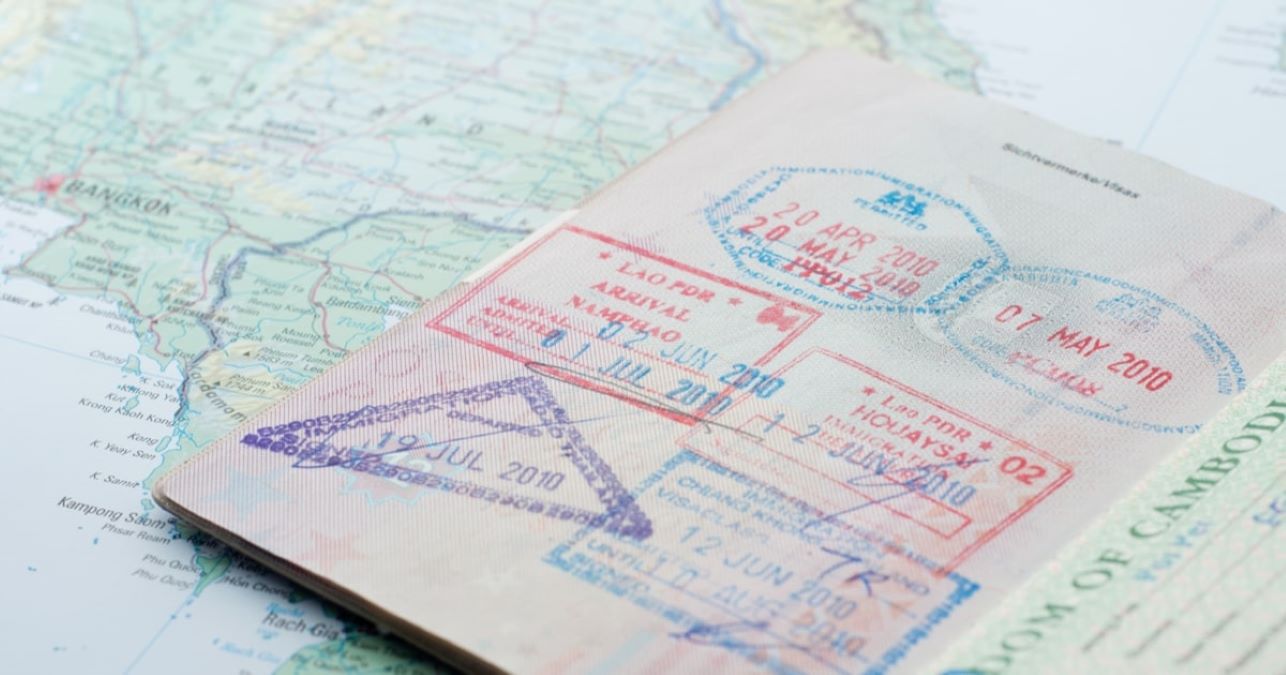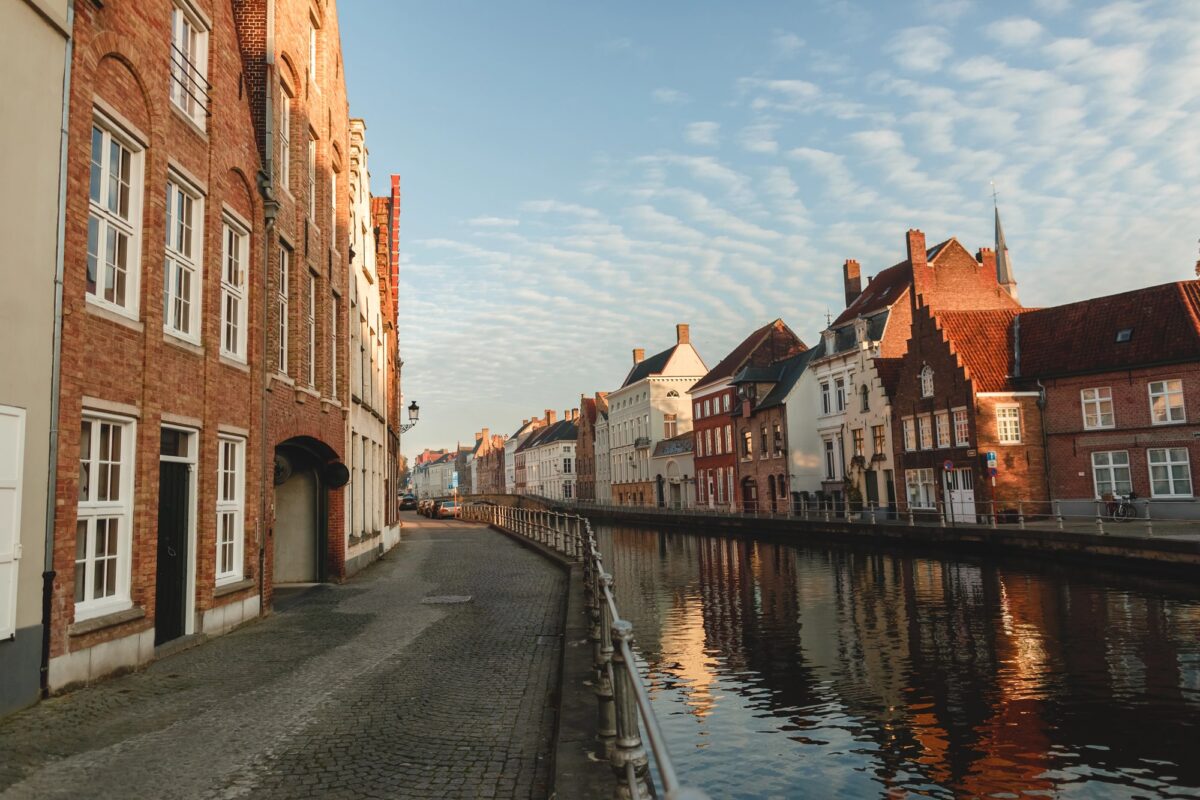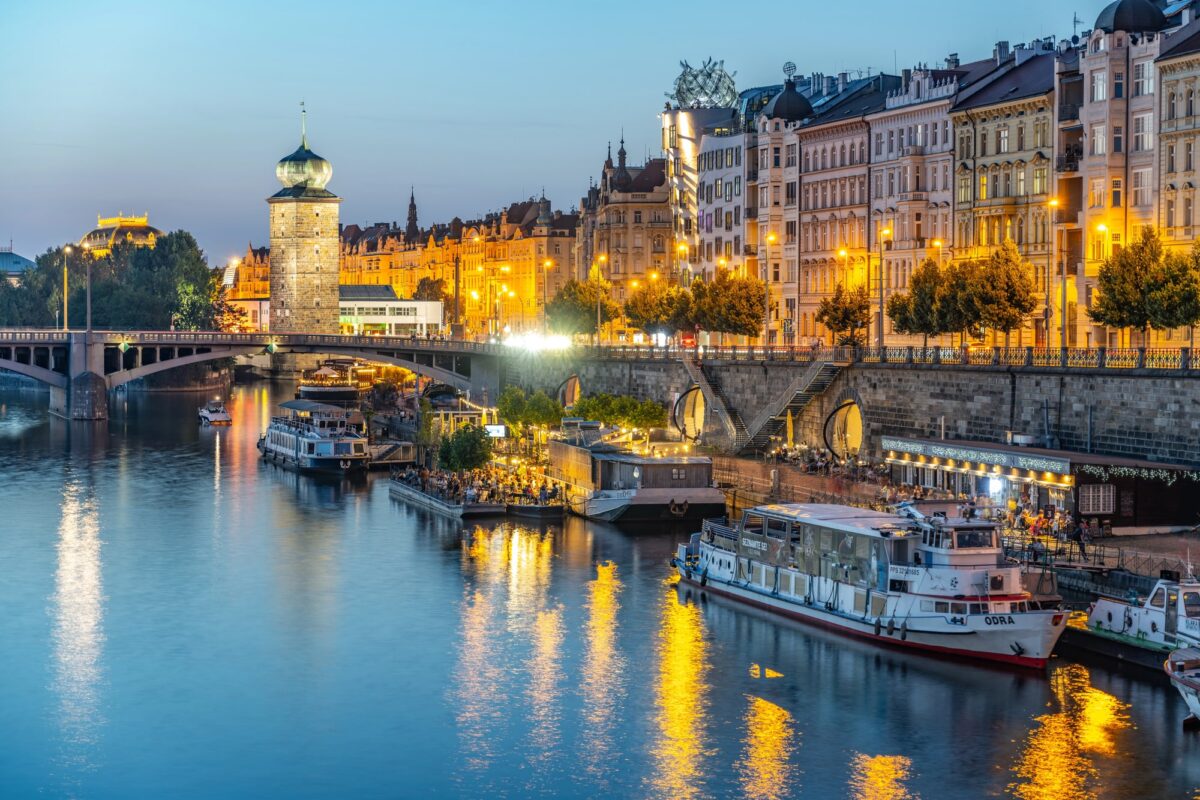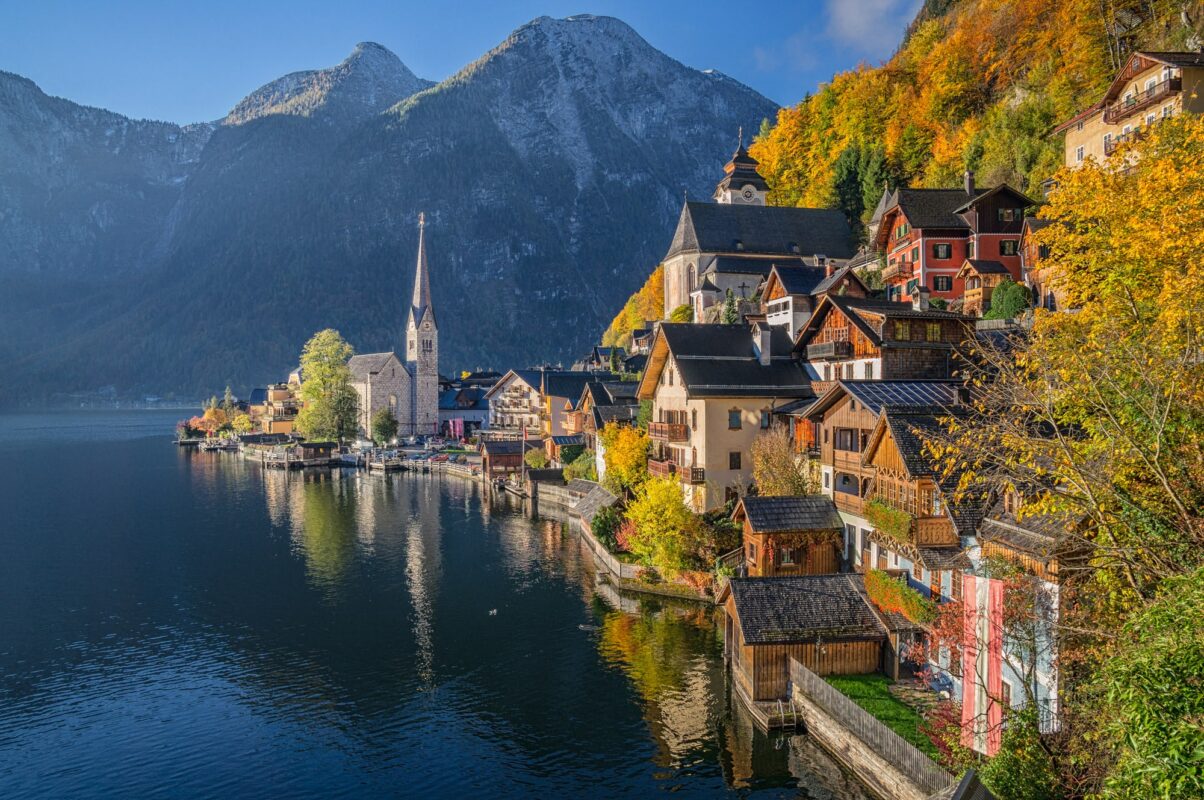With beautiful beaches, magnificent temples, and cultures rich in history, it is no surprise that Southeast Asian countries are on every traveler’s bucket list. But, being a world away, there will always be those lingering questions about how to access the region—what countries in Southeast Asia require a travel visa? How much will a visa cost? How do you apply for a visa?
The answers differ depending on the country you plan to visit and your nationality. But even if your chosen territory requires a visa, the process is easier and less costly than you’d think.
Below is a guide for Americans, Canadians, and Australians to learn what countries in Southeast Asia require a visa. With your papers in order and passport in hand, you’ll be on your way in no time.
Visiting Thailand
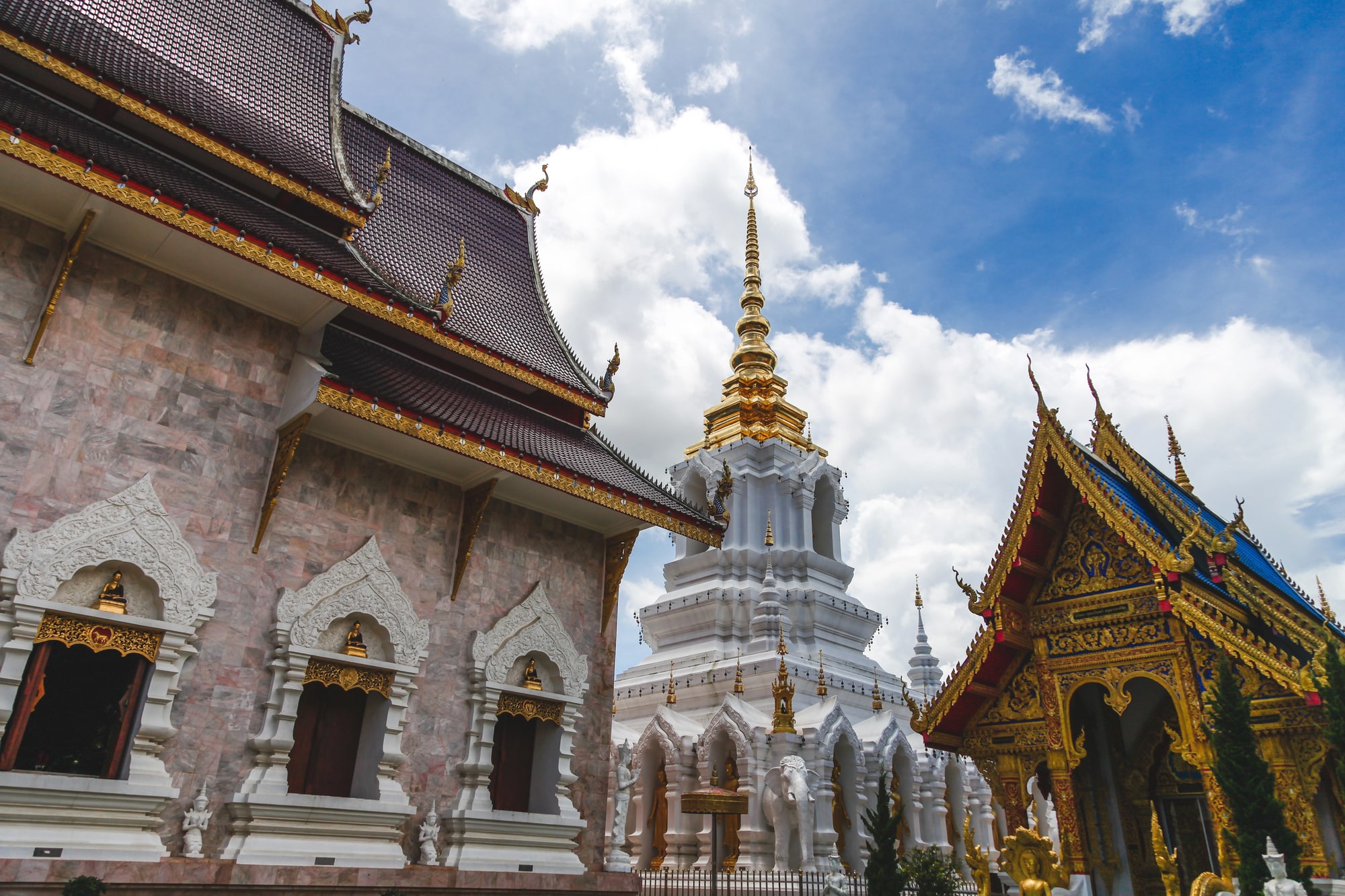
Visa Requirements – Thailand
For the majority of countries, including the US, Canada, and Australia, no visa is required for Southeast Asia’s most popular destination if you intend to stay for up to 30 days. Simply turn up at the airport and get your passport stamped.
Visa Extension – Thailand
Thailand is a big country with many attractions! So, if on the off chance you intend to stay longer and experience more, you must go to an immigration office. After completing the visa extension form, paying the fee of 1900 THB ($62 USD), and handing in copies of your passport, arrival card, and a 4x6cm passport photo, you will be granted an extension of 30 days.
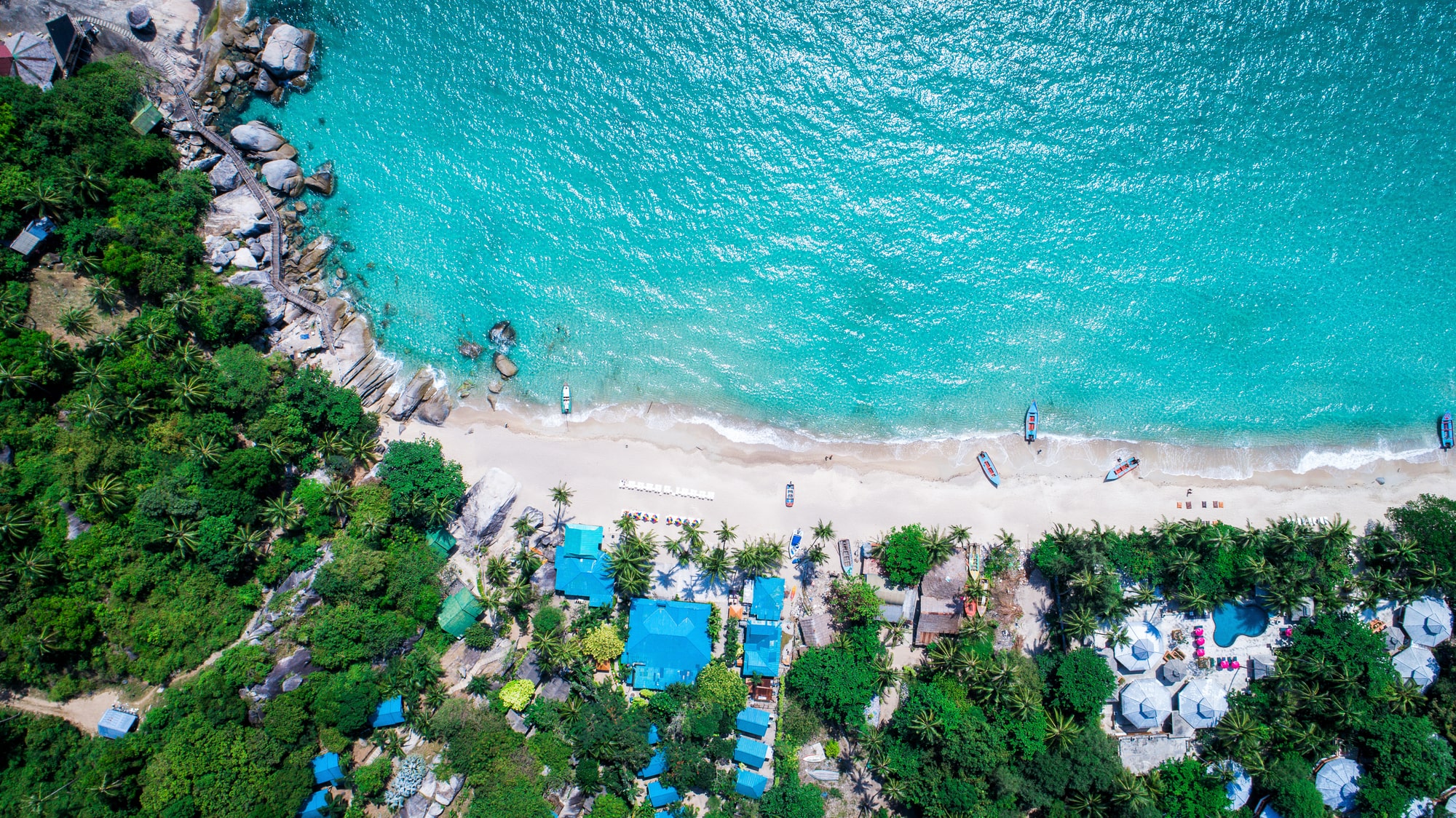
Want to build your own trip to Thailand instead?
Instantly create your own customized trip with our easy to use trip builder
Visiting Cambodia
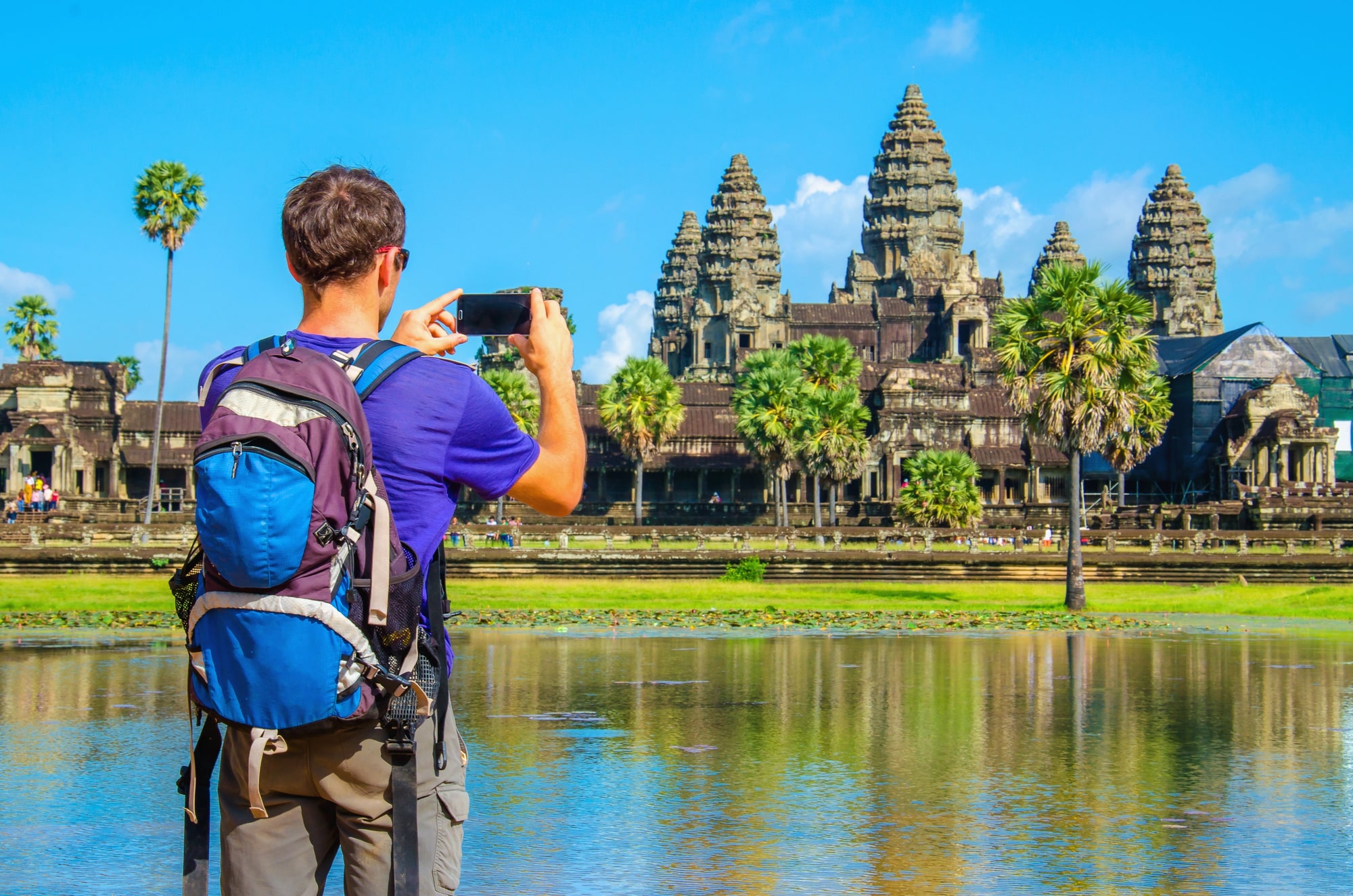
Visa Requirements – Cambodia
When you plan your visit to Southeast Asia, it’s easy to add some time in Cambodia. Before you cross the border, be aware a visa is required for most nationalities to enter the Kingdom of Cambodia. You can apply for a visa on arrival, or in advance with an E-visa. See below for more information on both options.
Visa on Arrival – Cambodia
Visas can be obtained on arrival at Siem Reap and Phnom Penh international airports, and any land border crossing. Simply follow the signs when you reach the border entry, grab a form, fill it out, and pay the $30 USD fee (in cash and USD). This visa will grant you a 30-day stay. Make sure to have a passport photo with you if using this method. If you don’t have one, you can get one taken at the airport for a small fee.
E-Visa – Cambodia
To save yourself long lines at the airport and hassles of immigration, we recommend applying for an E-Visa online before your trip. Please note that this cannot be used at all land border crossings, but it will be accepted at all international airports, including Cham Yeam/Koh Kong, Poipet/Banteay Meanchey, and Bavet/Svay Rieng.
This visa costs $37 USD (that includes the processing fee), which grants 30 days in Cambodia. Apply at (www.evisa.gov.kh) at least two weeks before you arrive and bring two printed copies of the visa with you (one for your entry, one for exit). You don’t need to pay for a passport photo to be taken and scanned in—you can simply upload a selfie from your phone, as long as it fits within the regulations for photos.
Visiting Vietnam
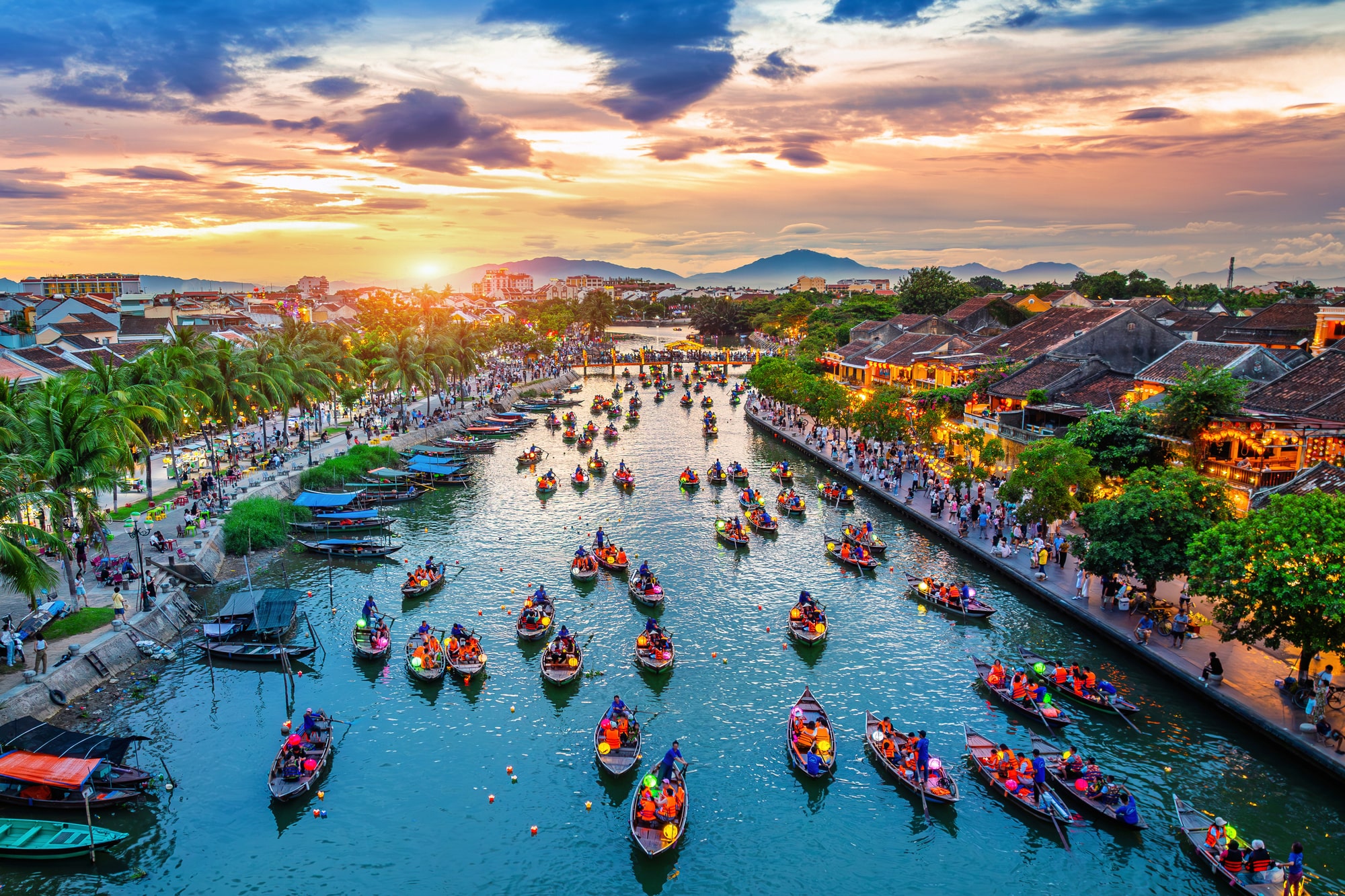
Visa Requirements – Vietnam
Vietnam requires an E-visa for citizens of the US, Canada, and Australia. This visa permits you a 30-day stay. The official site we recommend below charges a fee of $25 USD, which is a reasonable cost. Be warned that there are many sites on the internet offering E-visa services for Vietnam for a substantially higher fee.
Applying for an E-Visa -Vietnam
Visit (https://evisa.xuatnhapcanh.gov.vn/web/guest/trang-chu-ttdt) and upload a scanned photo page of your passport along with a separate passport photo. The photo requirements are stricter than that of Cambodia, so we advise uploading a scanned passport photo rather than a selfie. Then simply fill in the form, pay the $25 USD via debit or credit card and submit.
Be sure to apply at least two weeks before the intended travel date to get your visa on time. You should receive your E-visa in your inbox within a week. Once you receive it, print out a copy and present it to the immigration officer at border control along with your passport. Then you’ll be free to enjoy all the delights Vietnam has on offer.
Visiting Singapore
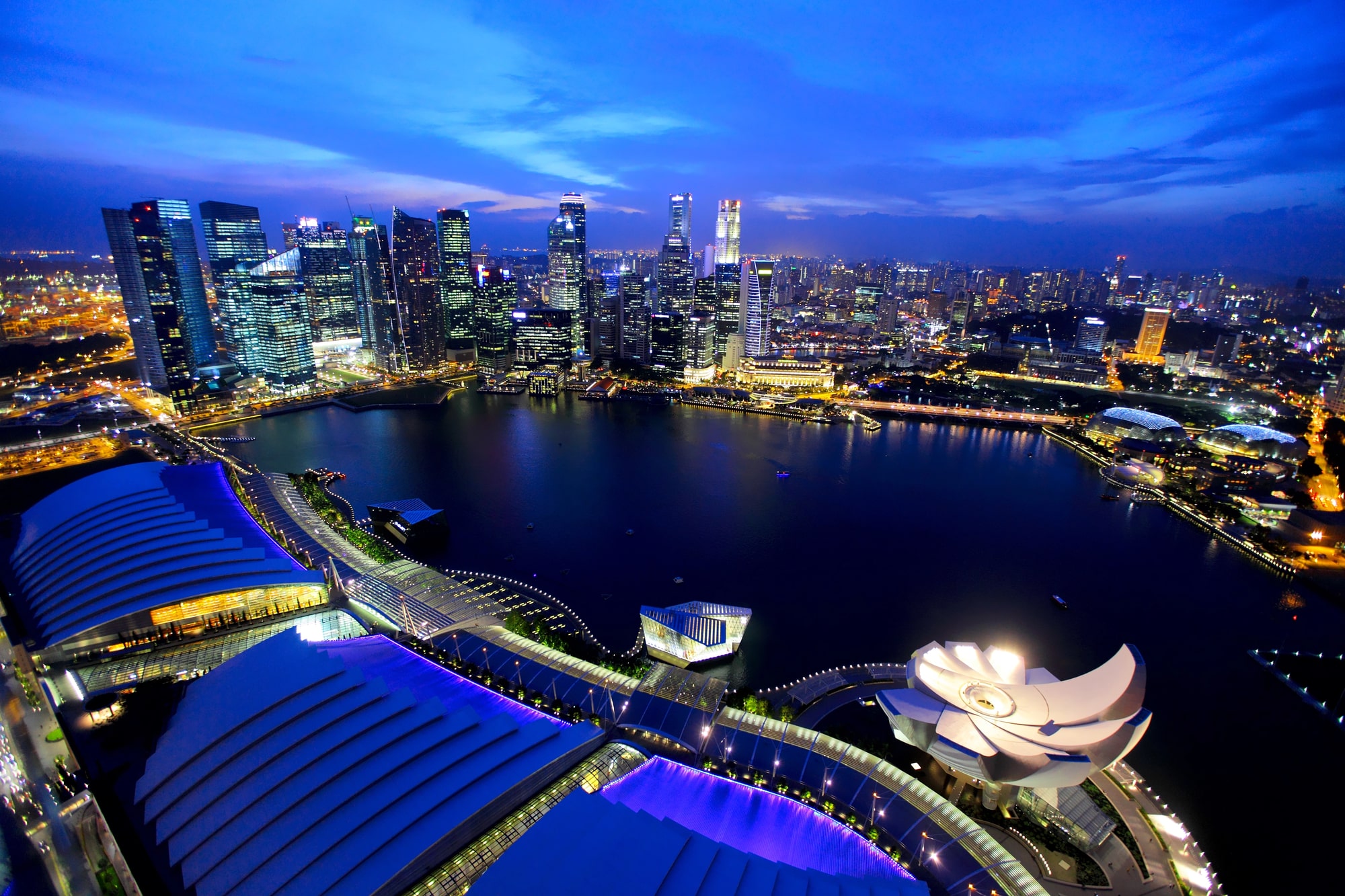
Visa Requirements – Singapore
Singapore does not require a visa upon arrival or any e-visa at all for American, Canadian, and Australian citizens. Canadians will get 30 days of visa-exempt entry, while Americans and Australians can enjoy 90 days. Extensions are likely unnecessary—the tiny city-state can be explored in just 3 or 4 days!
Visiting Malaysia
Visa Requirements – Malaysia
American, Canadian and Australian citizens can enjoy a visa-free stay for 90 days from the entry date. This is more than enough time to explore hotspots such as Kuala Lumpur, Penang, and Borneo.
Visiting Laos
Visa Requirements -Laos
To visit Laos, you will need to apply for a visa on the point of arrival or an e-visa in advance. Despite nearly all westernized countries requiring a visa, Thailand’s rural neighbor is still a popular backpacker destination as well as being a favored place for Thai expats to extend their visas at the various Thai consulates throughout the country.
Visa on Arrival – Laos
At all international airports in Laos, as well as land border crossings, including the train from Nong Khai to Vientiane, a visa can be obtained on arrival. The fee for the visa is a bit random as it differs for certain nationalities—Canadians pay $42 USD for a single entry visa, US citizens pay $35, and Aussies need only pay $30! Bear in mind you must pay for the visa in USD or the equivalent in Thai Baht (cash only), or it will be rejected. We recommend paying all fees in USD as poor exchange rates are given for Baht.
This single entry visa gives you 30 days to explore Laos. Note that on weekends, public holidays, before 8 am and after 4 pm there is a $1 USD surcharge for overtime. In addition to the payment, you must submit a form with two recent passport photos.
Applying for an E-Visa – Laos
Airports and especially border crossings in Laos are often busy with backpackers and border bouncers. So to save yourself the hassle of lining up and waiting around for hours, we recommend applying for an E-Visa at (www.laoevisa.gov.la). This E-visa will give you 30 days in Laos but will cost an additional $15 USD to the price of a visa on arrival, to cover a servicing fee.
Visiting Indonesia
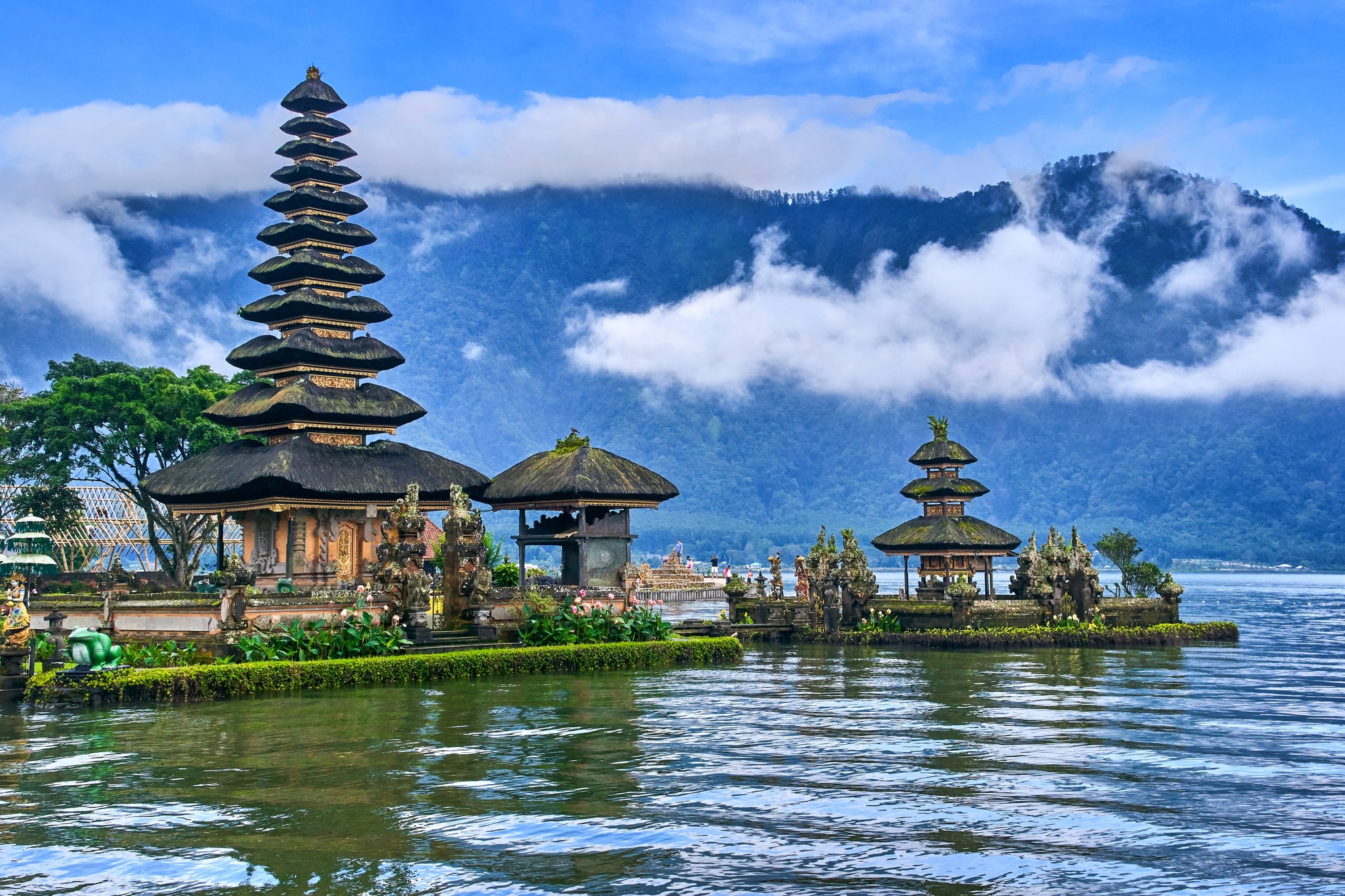
Visa Requirements – Indonesia
At all international border points, for travelers from nearly every country, including the United States, Canada, and Australia, no visa is required to enter Indonesia. You will get a visa-exempt stamp that will allow you access to the country for 30 days. Plenty of time to take in Bali, Jakarta, and Ubud!
Visiting Myanmar (Burma)
Visa Requirements – Myanmar
Most countries will require a visa to enter Myanmar. Some western countries such as the U.S. and Canada can only apply for an E-visa. Others, like Australia, can also apply for a visa on arrival.

Want to build your own trip to Indonesia instead?
Instantly create your own customized trip with our easy to use trip builder
E-Visa – Myanmar
All nationalities can apply for an E-visa at (https://evisa.moip.gov.mm/). A single-entry tourist E-visa costs $50 USD. It will allow you access to Myanmar for 28 days and is valid for 90 days from the date of issue. This visa is accepted at all international points of entry to Myanmar. Children under seven years old are given visas free of charge.
Visa on Arrival for Australians – Myanmar
Australian nationals can get a visa on arrival at any of the three international airports in Myanmar. You must pay in cash $50 USD ($74 AUS), which will give you 30 days’ access.
Visiting the Philippines
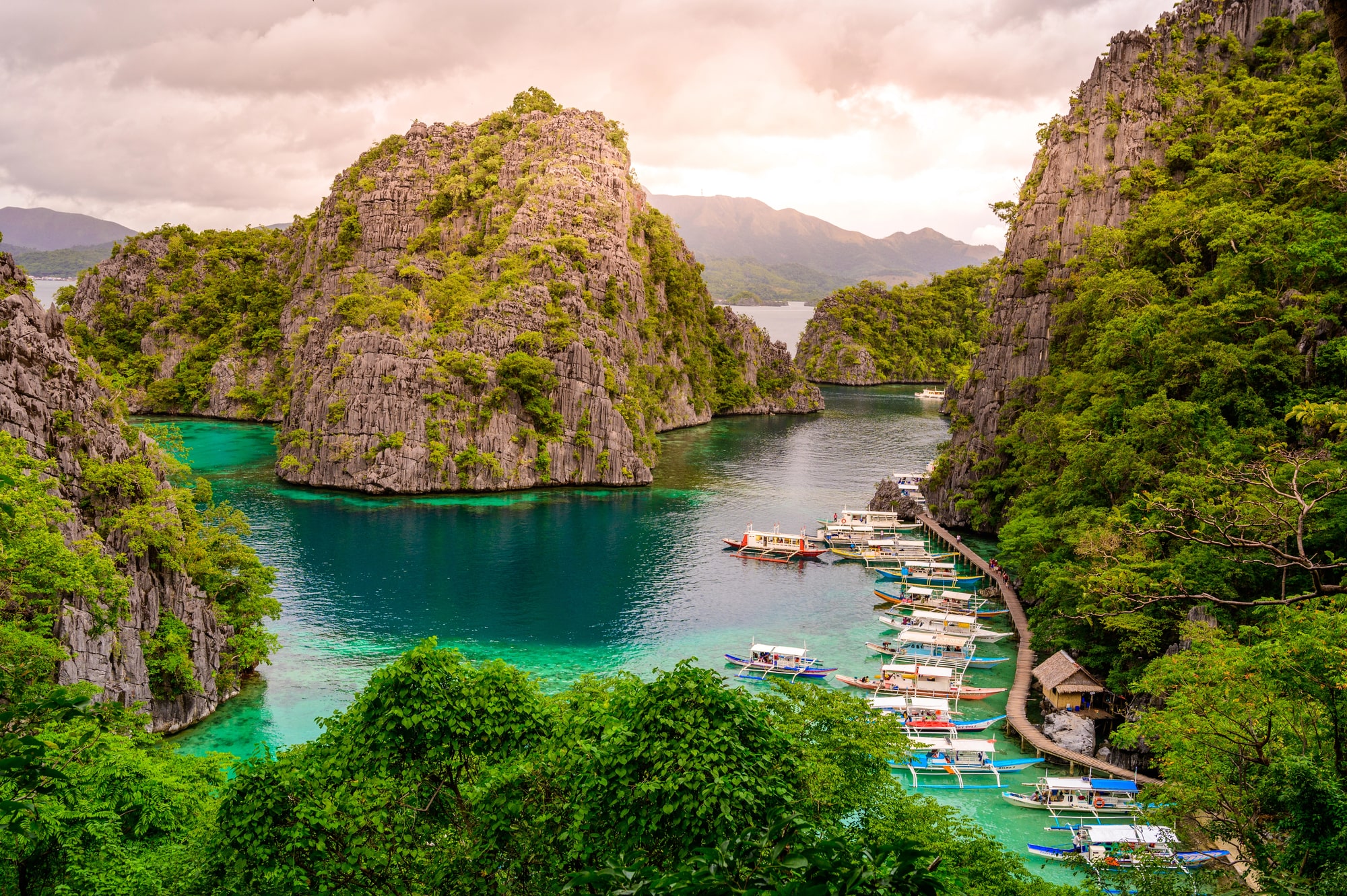
Visa Requirements – the Philippines
The Philippines allows visa-free access for 30 days for most westernized countries, including the U.S., Canada, and Australia. If you are a naturalized American with Filipino descent, you are eligible for visa-free access for up to 1 year!
Visiting Brunei
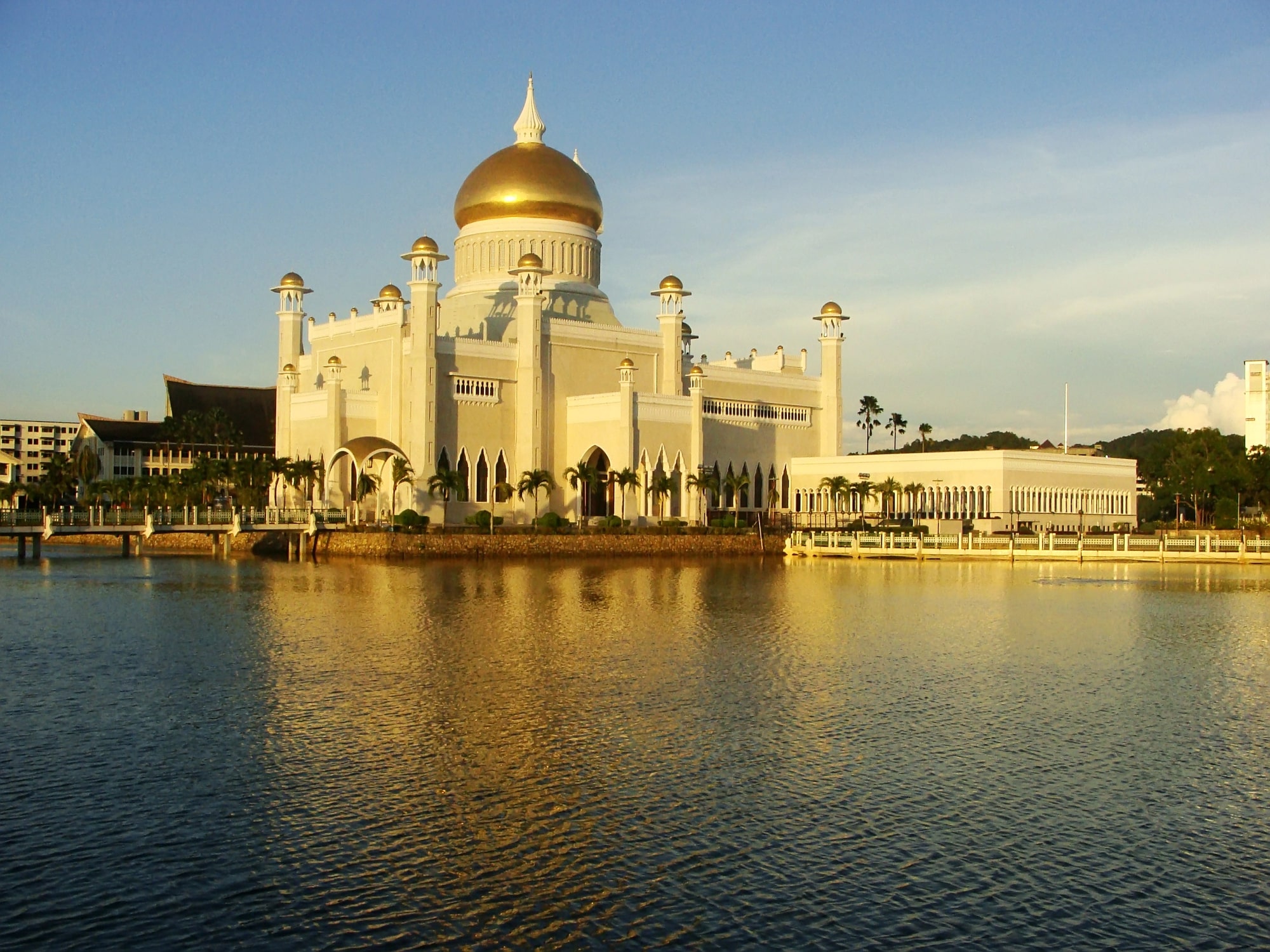
Visa Requirements – Brunei
The tiny (but incredibly wealthy) state of Brunei has different requirements for different nationalities. Many countries are allowed visa-free access for at least 14 days, which gives plenty of time to explore the tiny nation.
Entry For North Americans – Brunei
Americans and Canadians are allowed visa-free access to Brunei. Canadians, however, will get 14 days while Americans will get significantly more—90 days!
Entry For Australians – Brunei
Australians need a visa for Brunei but can apply on arrival at Brunei International Airport. For $20 Brunei ($21 AUS), you can get a single entry, or for $30 Brunei ($32.50 AUS), you can get multiple for 30 days’ access. Make sure to bring a passport photo, an itinerary of your trip, as well as proof of funds and onward travel.
Tips
- Make sure your passport is valid for at least six months from your intended arrival date and that it has two free pages for the visa sticker and stamp.
- Have proof of onward travel—even if you have the right visa and proof of funds, some countries are known to ask for your this at the immigration desk. You can show onward travel through flight booking confirmation emails or printed tickets.
- Have proof of funds—immigration officers are known to ask for proof of funds randomly. Make sure you bring at least $500 USD in cash in the local currency. This can also be useful for a visa on arrival, which can only be paid for in cash.
- If applying for an E-visa you can take a selfie—but make sure you are centered, aren’t wearing any glasses, the background is white, and that there are no shadows. Have a neutral facial expression – no smiling!
- If a country requires an E-visa, make sure you check the recommended websites and apply for the visa at least two weeks before the intended travel date. Many unofficial sites offer E-visa services at overly high prices.
- Bring plenty of passport photos! You never know if you will decide to do a last-minute stop in a country like Laos or Cambodia where you can get visas on arrival. Make sure they are recent, at least 4x6cm, and have a white background.
- Wherever you travel, there are penalties for overstaying in all countries! Avoid this by setting reminders or pre-booking onward travel if you intend to stay for the whole duration of your allocated time.
No matter which countries you are traveling to in Southeast Asia, knowing the visa requirements and arriving prepared will greatly reduce the stress of your trip. It’s meant to be your vacation, after all!
Heading to Southeast Asia and don’t know where to begin? Our expert travel consultants at Go Real Travel will advise you on all you need to know for the adventure of a lifetime. Plan your trip with us and take the hassle out of travel.
Trip Ideas & Itinerary Plans

